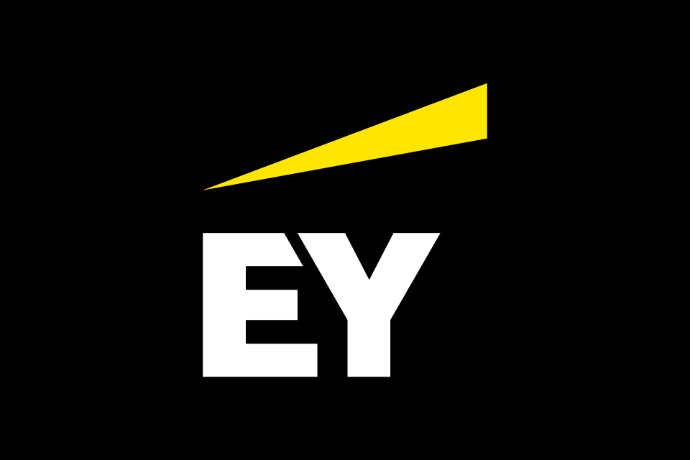Come what may, but storytelling can never go out of fashion. No surprises that it has emerged as a massively powerful tool for content marketing today! But while storytelling may sound simple due to our childhood familiarity with it while listening to the grandma’s stories, it may require some head-scratching to find that perfect knack for it. It demands a seamless weaving of the company offerings into a story that can leave a prolonged impact on the audience/consumers in favour of building a healthy brand image that would eventually drive the sales. While storytelling is mostly an intuitive art, here are a few hacks one may keep in mind for exploiting this dynamic marketing tool to the optimum.
Be Personal, Not Didactic
A didactic communication makes the customers grow more conscious about being pitched for sales and are hence hard to get sold. Try to strike a personal chord with the audience through a story that touches their emotions. Allow the plot to unfurl naturally without sounding forceful or preachy. Evoke their emotions through humane and cause-driven stories, or by making them feel integral to the company’s journey.
Compel Empathy
When trying to strike a personal chord with the audience, the best bet is always to plant personalized characters the audience would empathise with. Compile the predominant traits and needs of your target customers and build a protagonist the audience would be compelled to find a stake in.
Skip the Jargons
You only have a minute or two to impress the audience. Imagine wasting your audience’s good, precious seconds in trying to understand those over-the-head jargons! You might well be pushing the audience away. Rather simplicity is the mantra here. Be clear about your communication goals and convey the story as lucidly as possible.
Play with Conflicts
A story isn’t a story at all without character flaws and conflicts, finally driven home to realization and catharsis. So, instead of only displaying the sunny side up, create storylines around a phase when your company’s chips were down. Remember, earnestness never lets one down. So, if you owe your customers an apology, do it now through your story.
Incorporate Real Characters
You’d be doing your stories the biggest favour by incorporating real characters. We all have seen companies roping in expecting mothers to endorse their pregnancy detection kits. It’s a smart way to make the story more endearing and convincing. Say you are to drive a breast cancer awareness campaign. Could there be any better protagonist for the story than a cancer survivor?
Infuse Unpredictability
The ‘surprise’ factor doesn’t just work well in movies, but in brand storytelling as well. So, while the audiences are served stories every minute by different companies, they’ve by now got a good hang of the regular story sequence. How about treating them to a plot that does not stick to a regular chronology? At the end of the day, you might not be selling a revolutionary product, but the way you build the story around it must flabbergast the audience and compel them to try it out.
Turn Stakeholders into Storytellers
Many a time, companies do not realize that they are sitting on a hot depot of stories ready to erupt. A customer might have an amazing testimonial to share. Or an absolutely different way of using the product. Or even a grievance or a negative feedback. These are all potential resources for giving shape to a great story. One just needs to devise a channel to collect these stories.












